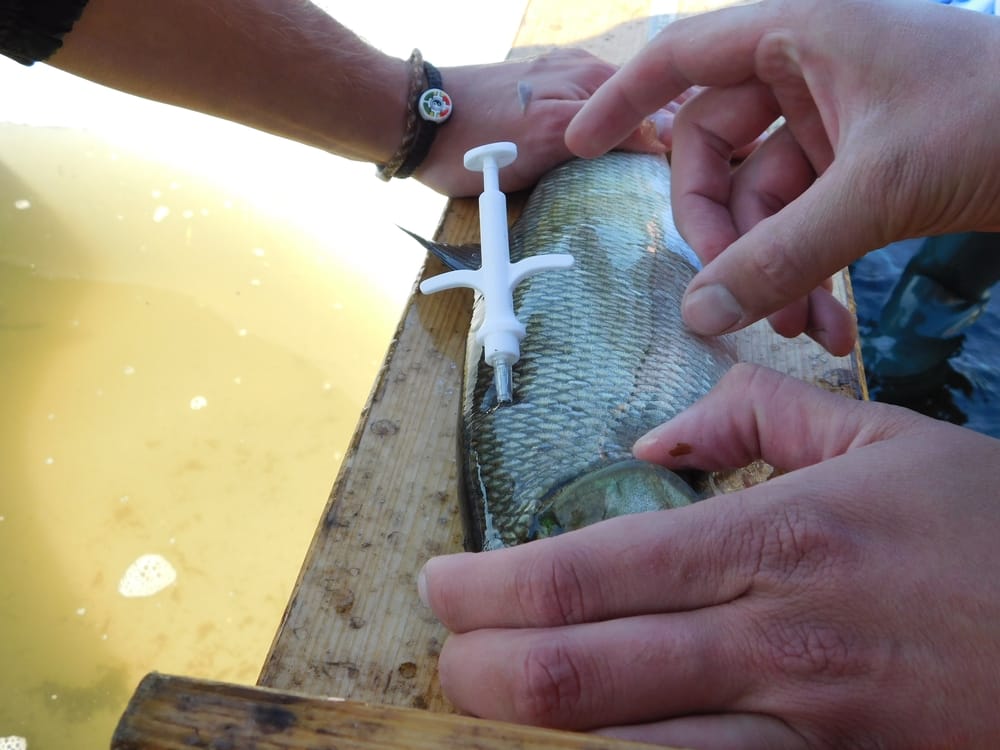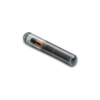In the realm of wildlife research and conservation, the tools and technologies researchers rely on are as crucial as the studies themselves. VODA IQ is at the forefront of this scientific endeavor, offering Full Duplex B (FDXB) Passive Integrated Transponder (PIT) tags that not only enhance research capabilities but also promise seamless integration into existing workflows. With a steadfast commitment to compatibility and standardization, VODA IQ ensures that their electronic products and PIT tags, are compliant with ISO 11784 and ISO 11785 standards. This compliance signifies a universal interoperability with the myriad of systems already deployed in the field, making VODA IQ’s offerings a go-to solution for researchers looking to expand their toolkit without disrupting their established protocols.
Universal Compatibility: A Seamless Transition
The significance of VODA IQ’s adherence to ISO 11784 and ISO 11785 cannot be overstated. These international standards define the structure and transmission protocols for electronic identification of animals, including the unique identification code structure and the communication between the PIT tags and readers. By aligning their FDXB PIT tags with these standards, VODA IQ ensures that their products can be read and recognized by a wide array of existing scanners, antennas, implanters, and other tags used in the field. This universality facilitates a smooth integration into ongoing research projects, allowing scientists to adopt VODA IQ’s advanced tagging solutions without the need to overhaul their current systems or undergo costly upgrades.
Enhancing Research without Disrupting Workflows
The transition to VODA IQ’s FDXB PIT tags is designed to be as frictionless as possible for wildlife researchers. The ease of integration means that projects can continue without interruption, ensuring continuity of data collection and analysis. Researchers can augment their studies with VODA IQ’s tags to benefit from their high-quality, durable design and reliable performance, all while maintaining the integrity of their established research protocols. This compatibility extends the utility of VODA IQ’s tags, making them an ideal choice for a wide range of applications, from tracking migratory patterns and monitoring wildlife populations to studying the effects of environmental changes on biodiversity.
Expanding the Research Toolkit with Confidence
Choosing VODA IQ’s FDXB PIT tags for wildlife research projects means opting for a solution that enhances the scope and accuracy of data collection without the risk of incompatibility. Researchers can confidently expand their research toolkit, knowing that these tags will work harmoniously with the systems they already depend on. This assurance of compatibility not only simplifies the logistical aspects of research projects but also encourages the adoption of innovative tagging technologies that can provide deeper insights into the natural world.
Commitment to Standards and Quality
VODA IQ’s commitment to maintaining ISO 11784 and ISO 11785 compliance is a testament to their dedication to quality, reliability, and universality in wildlife research technologies. This approach ensures that researchers can leverage the latest advancements in PIT tagging without compromising on the compatibility and efficiency of their research operations. As the field of wildlife conservation continues to evolve, the importance of adaptable, standardized technologies becomes ever more apparent. VODA IQ stands ready to support this evolution with its state-of-the-art FDXB PIT tags, paving the way for future discoveries and conservation efforts.
In conclusion, VODA IQ’s FDXB PIT tags represent a significant advancement in wildlife research technology, offering unparalleled compatibility with existing systems while pushing the boundaries of what is possible in animal tracking and conservation studies. By ensuring their products are ISO compliant, VODA IQ not only upholds the highest standards of quality and reliability but also empowers researchers to seamlessly integrate these tools into their work, fostering innovation and progress in the vital field of wildlife research.










Add comment